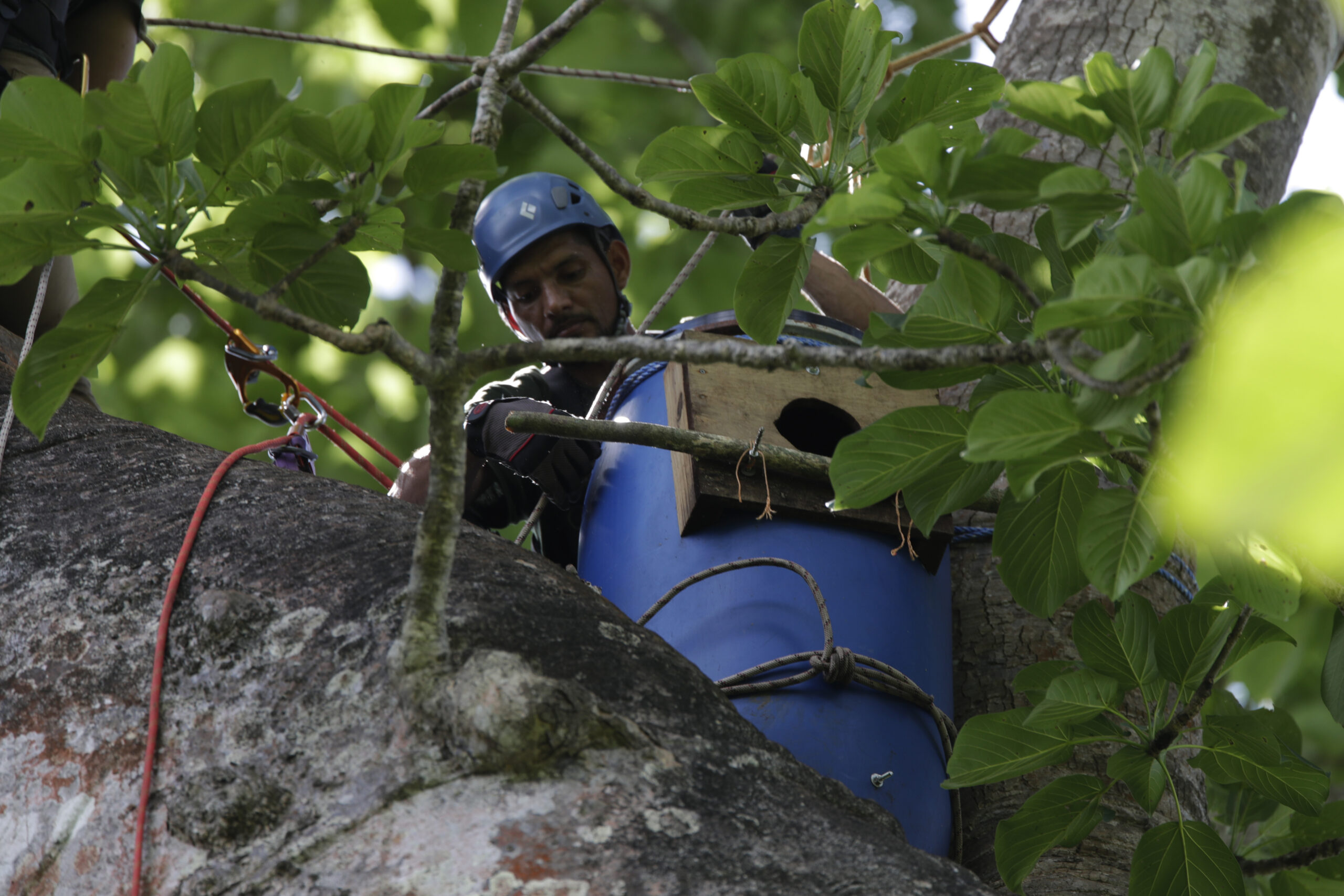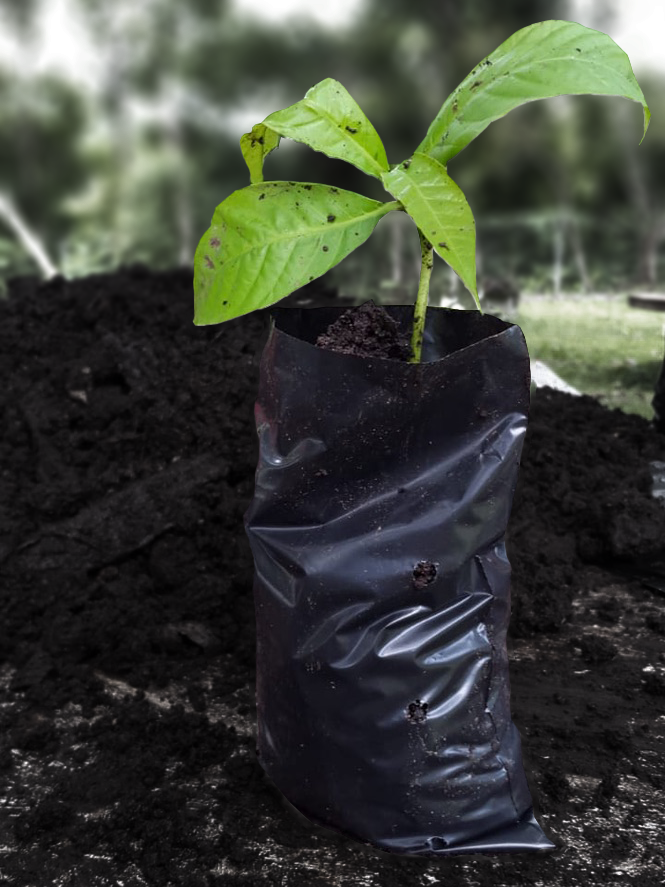The Great Green Macaw, Ara ambiguus, is one of the largest parrot species in the world. Yet its populations are rapidly shrinking due to the combined pressures of habitat loss, hunting, and the theft of nestlings for the domestic pet trade. Because they tend to be long-lived (60 - 80 years!), they reproduce slowly and, thus, population declines are difficult to reverse.
Their nests are particularly fragile and represent a significant obstacle to their population recovery. The large trees that they choose for nesting tend to be old and mostly dead, thus they frequently fall naturally due to storms or are cut down by humans.
While pursing other projects, we learned that a few pairs of Great Green Macaws were present near the Emberá village of La Marea in Panama's Darién province. Most of the trees they nested in had already fallen, however. This project aims to provide man-made nests for these birds to use to support local breeding populations. We are also training members of the local indigenous community to monitor and protect these nests.
Great Green Macaw
Ara ambiguus
CR
Critically Endangered
Diet: mainly seeds, fruit, and nuts
Nesting: cavities in the tops of trees like the Mountain Almond Tree, Dipteryx panamensis
These large, eye-catching birds are monogamous and form strong pairs for life. Young birds usually stay with their parents for a few years after hatching, thus they are often seen in pairs or small groups.
Unfortunately, this species is severely declining – fewer than 1,000 adults are estimated to remain in the wild. Their main threats are:
- Habitat loss (more than 30% of their original range has already been deforested)
- Hunting, for food or to avoid them eating crops
- Capture for the domestic pet trade
Great Green Macaw
Ara ambiguus
CR
Critically Endangered
Diet: mainly seeds, fruit, and nuts
Nesting: cavities in the tops of trees like the Mountain Almond Tree, Dipteryx panamensis
These large, eye-catching birds are monogamous and form strong pairs for life. Young birds usually stay with their parents for a few years after hatching, thus they are often seen in pairs or small groups.
Unfortunately, this species is severely declining – fewer than 1,000 adults are estimated to remain in the wild. Their main threats are:
- Habitat loss (more than 30% of their original range has already been deforested)
- Hunting, for food or to avoid them eating crops
- Capture for the domestic pet trade
Related Projects
Community Outreach
We encourage everyone to "adopt your local forest," but what does that mean? Projects like this would be impossible without the support of local communities!
Community Outreach
We encourage everyone to "adopt your local forest," but what does that mean? Projects like this would be impossible without the support of local communities!





